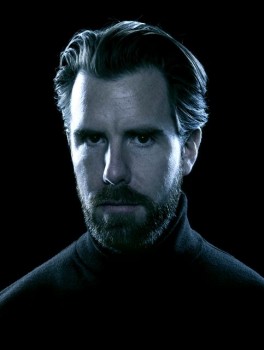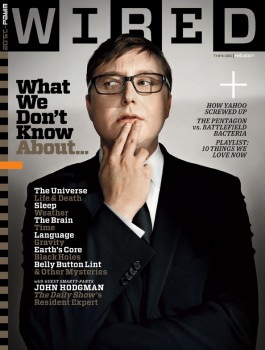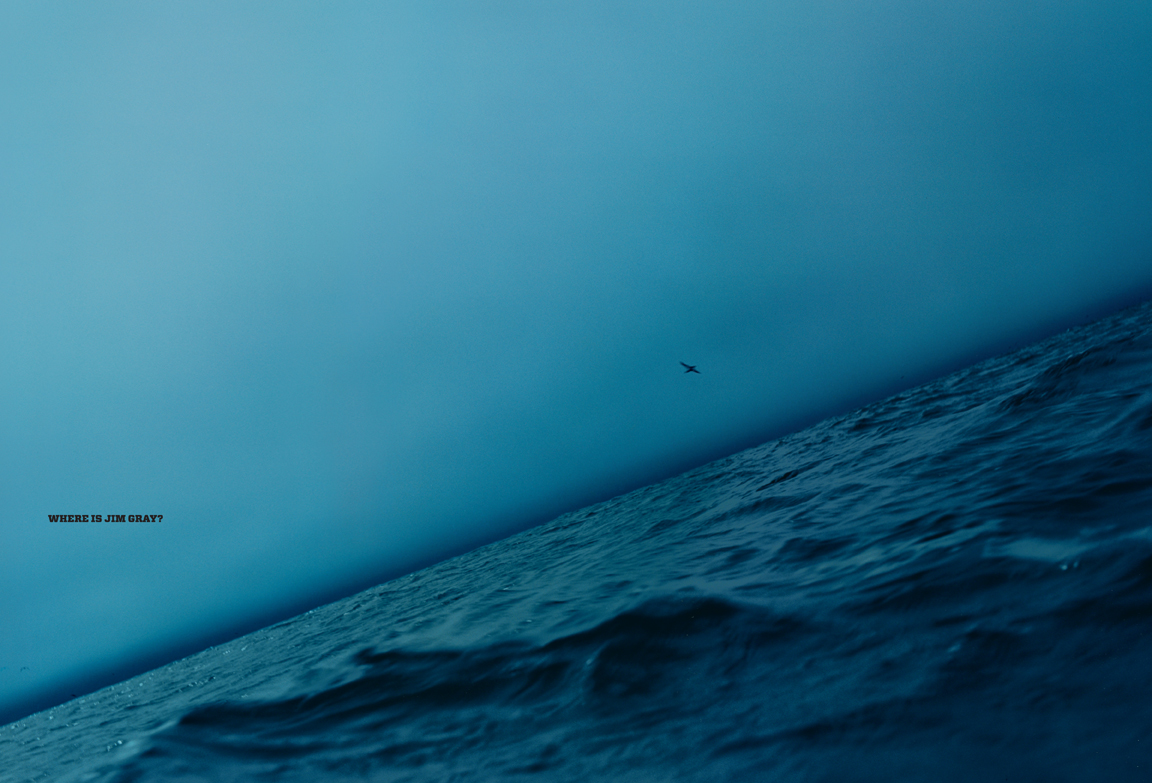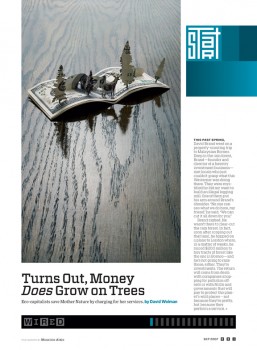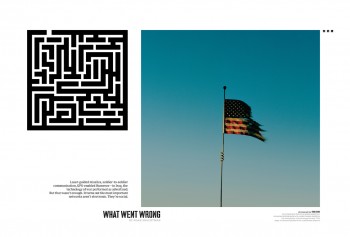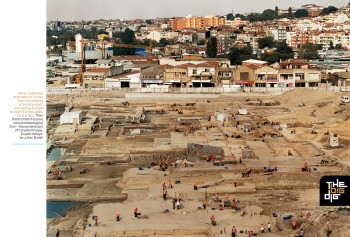by Heidi Volpe
Ina Saltz is Design Director and grand ambassador in the NYC design community.
 Tell me about your Body Type books, a tattoo entitled “happy” was the start, what about that tattoo drew your attention?
Tell me about your Body Type books, a tattoo entitled “happy” was the start, what about that tattoo drew your attention?
Somehow I never really noticed tattoos except in the way that everyone does. But when I saw this one, I stopped in my tracks. I immediately recognized the typeface as lowercase Helvetica; it was very large (120 point) and tightly kerned, and it was unadorned by any other image; it was stark and graphic.
How did things develop from there?
I decided to write an article for STEP Inside Design, for my regular column, called STEP Out, about typographic tattoos. I went to my first tattoo convention; that was an eye opener. And as is often the case when you are attuned to something, I started seeing typographic tattoos everywhere; it was as if I had developed a kind of x-ray vision! Once the article was published, I noticed that no one had ever done a book on typographic tattoos, so I kept shooting images and interviewing people with typographic tattoos, and a kind of “portrait” began to emerge of that group; they were generally highly educated (all with college degrees or in the process of getting one) or with advanced degrees, culturally sophisticated, and highly motivated to convey a very specific message with text (as opposed to an image, which is more open to interpretation). “Body Type: Intimate Messages Etched in Flesh” became a cult hit, which led to “Body Type 2: More Typographic Tattoos.” Now I have become known as the first to identify, document and research this phenomenon. I call these “intellectual” or “highbrow” tattoos.
What sort of parameters did you give yourself in order for a type tattoo to be accepted into your book?
At first I was excited to see every typographic tattoo that I encountered. As I saw more, I became more discriminating. The two overriding factors have become the quality of the typography, and the power of the story behind the tattoo. Sometimes because the story is so important, I have compromised my typographic standards a bit, and, conversely, sometimes the tattoo is so striking in and of itself that it is worthy of inclusion on its own merit.
Did you have to reject any of the submissions? If I had a type tattoo how would I submit to you?
Oh yes, I have declined to include many images, especially when I am doing a final edit of the images for the book. I would say that 60% of the images and interviews I collected for “Body Type 2” did not make the final cut. If you wished to submit your tattoo to me, simply send an email with a jpeg and a brief description of the story behind the tattoo. I always respond to everyone who contacts me.I am well under way with some pretty amazing images for a third volume of “Body Type.” Just last week I shot someone with a passage from Homer’s “Odessey” on his shoulder blade.
How much of the book did you photograph?
I photographed about eighty percent of the images. I prefer to shoot everyone myself but it is not always possible; a number of the images are from international or otherwise too distant sources. If I cannot shoot it, I try to give guidelines about crop, backgrounds, focus, etc. so the style is as consistent as possible with my photographs.
I was at the Ink Slingers ball in here in LA photographing the crowd with John Huet for a magazine. It was really interesting to ask what people did for a living and how if at all they concealed their markings. A lot of white collar workers are secretly tattooed. Do you think it’s becoming more accepted in the work place?
While it is definitely becoming more accepted, some industries are more accepting than others. If you are a creative, you almost MUST be tattooed to be taken seriously! The stigma persists in the more conservative professions. But, because people can choose where to be tattooed, it is possible, when in professional attire, to keep one’s tattoo to oneself. In my books I have documented tattooed doctors, lawyers, bankers, etc.
What was the most peculiar tattoo you’ve seen?
There are so many (and the word “peculiar” is so, well, peculiar, that I cannot really answer this question). I have seen just about every amazing thing and every body part tattooed, even eyelids. As I mentioned before, however, I am only interested in the intellectual end of the tattoo spectrum.
Do you have a favorite type face for a tattoo?
No, because the type style should dovetail and enhance the message of the text, so for each tattoo, the typeface which would best suit it would be different. Also certain typefaces do not work well for tattoos, particularly if they have fine details or serifs which can deteriorate over time. In a recent review of my book in the New York Times Book Review, written by Steven Heller, he wondered why there were no Bodoni tattoos in my book. Bodoni’s thins do not wear well. Also, condensed typefaces are not well suited for tattoos, especially if the letterforms are small; the counter spaces tend to fill in over time as the edges of the tattoo “bleed.”
If you could choose let’s say one principal from your current book Typography Essentials: 100 Design Principles for Working with Type, what would it be?
“Everything Exists in Relation to Everything Else.”
Would you say the same principles apply for print design as for multi media tablets? If they don’t, what do we need to concern ourselves with for the future of type?
This is a very complicated issue; legibility is paramount, of course. But there is motion and interaction to be considered, and the fact that a device is light emitting rather than reflective (like the surface of a printed piece) means that spacing should be a bit more open to counteract the glow. Letterforms need to be a bit sturdier, and the default type size (and the x-height) should be a bit larger. There are other considerations as well, such as contrast between type and background, etc.
Through the years you have been a multi dimensional professional. art director, typographer and educator. What drove you to be so diverse?
I am curious about many things and I love working with people. The world is a big and fascinating place and I am always looking for new ways to explore it. As a magazine Design Director, it is a great perk to learn new things as I read the stories which will be in each issue; it is being paid to learn from the editors around you (I love smart editors!). Typography is my great passion, so I have been involved with making it, using it, writing about it, and hanging out with fellow type geeks as a board member of the Type Directors Club. For six years I had a great writing gig with STEP Inside Design; my editor, Emily Potts, gave me the widest possible mandate to write about things that you would not expect to read about in a design magazine, but which were related to design. Until STEP folded in 2009, I wrote almost fifty articles on topics as diverse as designing your own death (eco-burials, customized headstones, etc); the fetishization of sneakers, bizarre museums (The Museum of Dirt, The Museum of Lawn Mowers), the design of replacement orthopedic joints and prostheses, the Aesthetics of “Cute” design, recyclable and redeployable architecture, and, of course, typographic tattoos.
Congratulations on your current position as the Art Dept Chair at the City College of New York. Was that always on your radar as a professional?
I have been teaching since my graduation from Cooper Union; for over twenty years I taught in the evenings, when I worked full time as an art director. When I was in junior high school I actually belonged to a school club called “Future Teachers of America!” I still have the little navy and gold patch with an Alladdin’s lamp embroidered on it. Both in High School and at Cooper Union, I was very lucky to have teachers who inspired and challenged me; I have always been grateful, and now I am giving back. Teaching is truly the noblest profession; you have so much power to change someone’s life forever. I am still in touch with my teachers; recently I visited with my painting teacher, Will Barnet, at his Grammercy Park studio; he is one hundred years old and still painting! Amazingly, he loved my books on typographic tattoos. And he was very happy to hear that I have taken up painting again.
Being Chair of the Art Department at City College is a huge responsibility. It is an enormous department with twenty five full time faculty and staff and almost seventy adjuncts. We offer about 180 courses per semester; the department includes Art History and Art Education. We have three Masters degrees (soon to be four with the addition of a masters in digital media launching in Fall 2012).
What do you love about that job? and what is the most challenging?
I enjoy seeing how the college works from a larger vantage point. And I am more empowered to help students as Chair. However, as with any large entity, I am called upon to mediate disputes and resolve problems, as well as to be an effective advocate for the department. It is especially challenging in these economically tough times. But we have an amazing and talented group of students, and City College has a great history. We are also the first or second most diverse college in the country, with students from 135 countries, speaking 80 languages.
That position I would imagine is all consuming. Are you still doing magazine design work?
I try to keep my hand in with magazine design. Last year I worked on a redesign of a bridal magazine with my good friend and sometime collaborator, Donald Partyka. We also collaborated on a prototype for the launch of a wonky policy magazine for the Americas Society called “Americas Quarterly,” which Donald now art directs.
How do you find the time? Have you had to turn down any work? ( did you want to talk about the first time you backed away from a project? and how they hired an army to do what you would have done?)
What do you think it is the key for success in this current market for any art director or designer?
Being versed in a variety of media is critical; many top positions now require the supervision of an entire brand across all media. iPad app design, familiarity with user interfaces, motion graphics; all these are growth areas. Be an excellent writer and communicator. Network, network, network. And don’t put all of your eggs in one basket.
How much emphasis you you have on multi media in your course offerings?
We offer a full range of multimedia; we are offering our first course in iPad app design this Fall. We teach game design, animation, 3D, all the good stuff!
You are scheduled to speak at the New York Public Library on May 31 about “Body Type.” How often do you lecture? and how varied are the topics?
Well, just to give you an idea, a few days before my lecture on Body Type, on May 27th I am a general session speaker at the UCDA (University and College Designers Association) Design Education Summit; my talk is titled “Can great designers also be great teachers?” And I regularly speak to editors and publishers about magazine related topics at various publishing conferences; my presentations range from “Designing Covers That Sell” to “Effective Pacing and Flow for Magazines.”
What are your favorite resources for new type that is being created?
There are so many excellent typefaces being created now by wonderful young designers that I could not begin to enumerate them all. But I must say that I have a very special place in my heart for Jonathan Hoefler, who is extremely knowledgeable in all things typographic and who has designed astounding, eminently useful and historically respectful typefaces. He is young enough that he yet may give us much more beautifully crafted type in the years to come.
 John Korpics
John Korpics I like your burning Xmas tree, is that indeed a family tradition once you moved out of the city?
I like your burning Xmas tree, is that indeed a family tradition once you moved out of the city?


